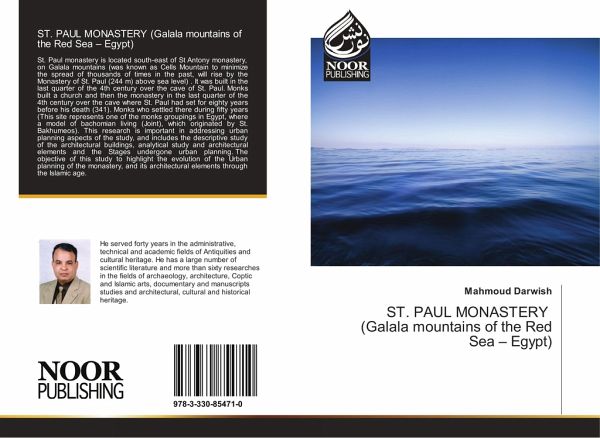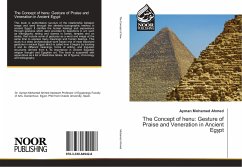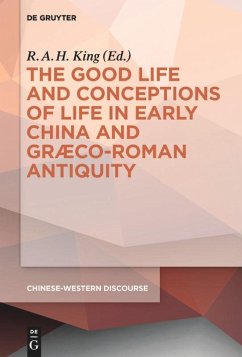
ST. PAUL MONASTERY (Galala mountains of the Red Sea - Egypt)
Versandkostenfrei!
Versandfertig in 6-10 Tagen
24,99 €
inkl. MwSt.

PAYBACK Punkte
12 °P sammeln!
St. Paul monastery is located south-east of St Antony monastery, on Galala mountains (was known as Cells Mountain to minimize the spread of thousands of times in the past, will rise by the Monastery of St. Paul (244 m) above sea level) . It was built in the last quarter of the 4th century over the cave of St. Paul. Monks built a church and then the monastery in the last quarter of the 4th century over the cave where St. Paul had set for eighty years before his death (341). Monks who settled there during fifty years (This site represents one of the monks groupings in Egypt, where a model of bac...
St. Paul monastery is located south-east of St Antony monastery, on Galala mountains (was known as Cells Mountain to minimize the spread of thousands of times in the past, will rise by the Monastery of St. Paul (244 m) above sea level) . It was built in the last quarter of the 4th century over the cave of St. Paul. Monks built a church and then the monastery in the last quarter of the 4th century over the cave where St. Paul had set for eighty years before his death (341). Monks who settled there during fifty years (This site represents one of the monks groupings in Egypt, where a model of bachomian living (Joint), which originated by St. Bakhumeos). This research is important in addressing urban planning aspects of the study, and includes the descriptive study of the architectural buildings, analytical study and architectural elements and the Stages undergone urban planning. The objective of this study to highlight the evolution of the Urban planning of the monastery, and its architectural elements through the Islamic age.












